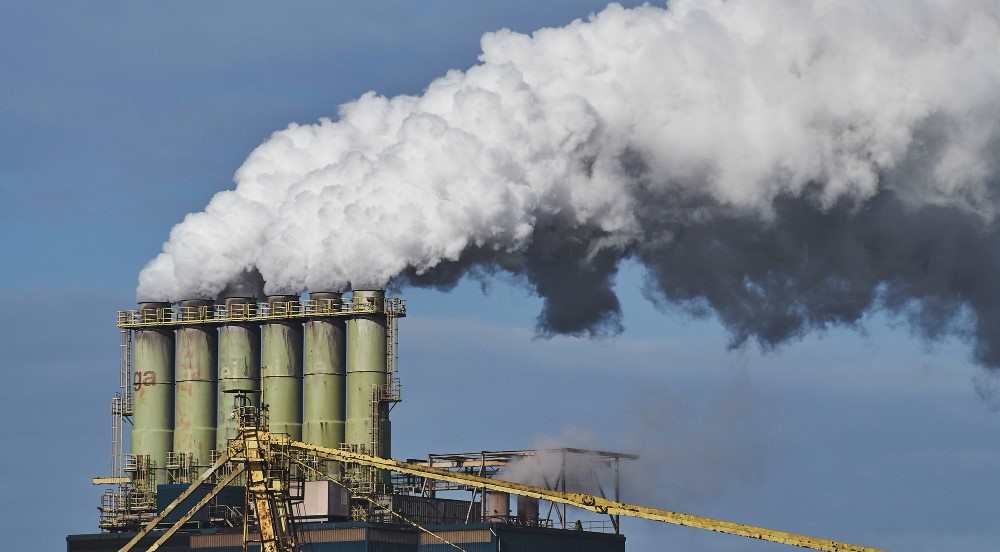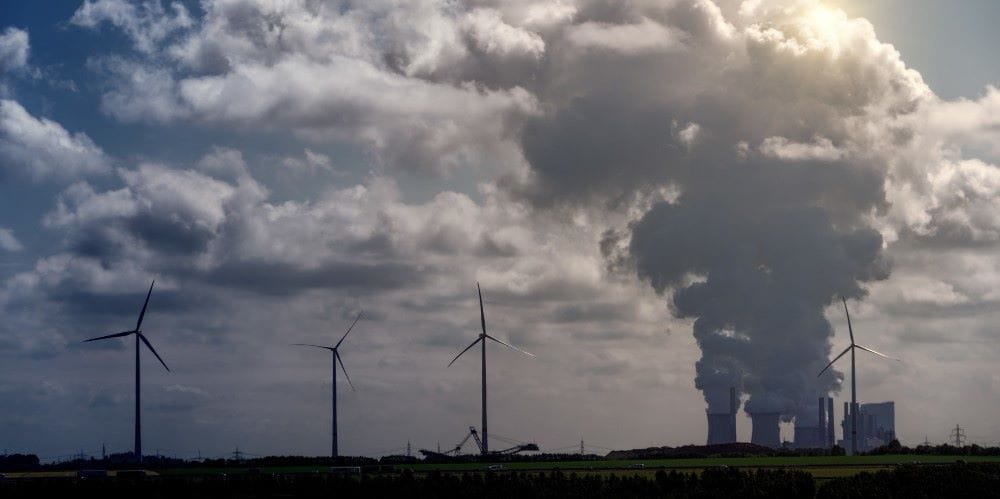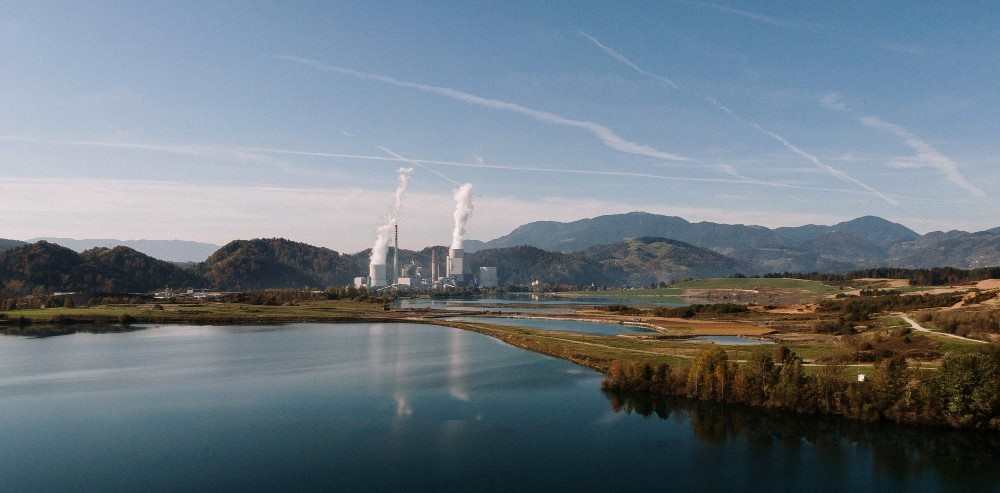The Chemical Industry’s Clouded Pathway to Net Zero
Princeton-led study reveals how the chemical industry is underinvesting in its approach to achieving decarbonisation.

The chemical sector is under mounting pressure to align with global net zero goals. As one of the largest industrial emitters, responsible for an estimated five per cent of worldwide greenhouse gas emissions, the industry faces both risks and opportunities in its journey towards decarbonisation.
However, a recent study conducted by economists from Princeton University and the ASEAN Centre for Energy makes a gloomy prediction about the likelihood of the chemical industry reaching decarbonising targets given its current rate of investment in basic chemical production.

Unlike many studies which are heavily reliant on predictive pathways, this research was based on specialised scenario-modelling. Conducted by Tubagus Aryandi Gunawan, a senior researcher at the ASEAN Centre for Energy, and colleagues, the analysis offers a rare, facility-level perspective on how the basic chemicals segment – including olefins, aromatics, ammonia, methanol, and chlor-alkali – might decarbonise between now and 2080.
Significantly, the study took a distinctive approach, as rather than relying on high-level emissions models, it built its projections based on analysis of decarbonisation assessments on thousands of individual facilities. This time-consuming process was adopted because, in its own words, the study recognises, “the central role of corporate investment decision making for capital-intensive industries, under highly uncertain long-term future investment environments.” Adding that the study varied, “… the average pace of decarbonization capital allocation allowed under plausible alternative future world contexts [and used this data to] construct least-cost decarbonization timelines by modeling abatement projects individually.”
Specifically, the study assessed retrofitting options, abatement costs, and the infrastructure required to support decarbonisation, “across more than 2,600 production facilities located in four major producing regions.”
Ultimately, the report expects that the chemical industry will be highly unlikely to achieve decarbonisation in line with stated commitments without increasing investment by multiple factors over the current rate.
“Our over-arching results are sobering,” the study concludes. “In an ideal future, the abatement capital investment rate to deeply decarbonize the industry by mid-century (2050 in North America and Europe; 2060 in China and Middle East) is significantly greater than the chemical industry’s historical “business-as-usual” investments, and cumulative investment in abatement projects would exceed $1 trillion. In scenarios where governance and coordination and/or consumer demand and willingness to pay for sustainable production are less strong, lower capital deployment rates mean the industry would not fully decarbonize until well into the second half of this century, at best.”

The study also acknowledged that the technologies for reducing emissions in chemical production are well known but neither straightforward nor cheap. Carbon capture and storage (CCS), electrification of heat, use of green hydrogen, and feedstock substitution with biogenic or recycled materials all feature prominently, but none are as easy to deploy as maintaining current fossil fuel uses.
Yet the study did find a way that the chemical industry could be committing more to sustainability. Finding that under the more ambitious decarbonisation scenarios, investment levels might far exceed historical norms. For instance, the capital expenditure required to retrofit existing olefin crackers or install new hydrogen-based processes could be multiples of what the industry has historically committed on an annual basis.
In practical terms, this means that producers in regions with strong policy support and access to cheap renewable energy, such as parts of North America and the Middle East, may be able to adopt new technologies earlier. Meanwhile, Europe is currently the most progressive yet faces difficulties over competitiveness. China, with its vast production base, carries the largest overall investment burden.
Implications for Chemical Manufacturers and Traders
For downstream chemical producers and traders, these dynamics translate directly into cost, supply, and opportunity. If basic chemical producers were to drastically decarbonise, the price of feedstocks may rise, at least in the short to medium term, as companies attempt to recover their investment in abatement technologies. This could affect margins for polymer converters and compounders, particularly those supplying price-sensitive markets.
Yet cost increases are only part of the story. Polymer manufacturers are increasingly judged not just on performance and price, but also on the carbon footprint of their products. Customers in automotive, packaging, and consumer electronics are beginning to demand low-carbon materials, often to satisfy their own scope three reporting requirements. This creates a potential premium for polymers sourced from lower-emission basic chemicals, turning decarbonisation from a compliance cost into a market differentiator.
The study also highlighted the risk of stranded assets, as facilities designed around conventional fossil feedstocks may face earlier-than-expected closure if carbon prices rise or if regulations tighten.
Conversely, chemical producers with flexible processes, capable of integrating recycled, biogenic, or alternative feedstocks, will be better insulated from disruption.

Collaboration between basic chemical suppliers and manufacturers could also prove critical. Shared investment in hydrogen production, CO₂ transport and storage networks, or renewable power infrastructure could lower costs for both parties while ensuring a more stable supply of sustainable inputs.
However, the over-riding advice for chemical companies seems to be in maintaining flexibility in raw material needs as a design priority. Processes capable of accommodating bio-based monomers, recycled feedstocks, or mixed inputs will offer greater resilience as the upstream chemical sector transitions. This flexibility not only mitigates supply risk but also allows manufacturers to market themselves as leaders in circular economy practices.
Related articles: Agentic AI: A Chemical Industry Revolution Already Underway or Europe’s Plastics Recycling Industry Faces Crisis
Finally, marketing and customer engagement are also noted as vital, with the study underscoring that deep decarbonisation requires unprecedented capital spending. Customers will ultimately bear some of these costs, but many will accept them if offered clear sustainability benefits. By positioning chemical products as enablers of low-carbon supply chains, manufacturers can strengthen relationships and even command higher margins.
The decarbonisation of basic chemical production is not a distant concern for manufacturers. It is an emerging reality that will shape feedstock prices, supply chains, and competitive positioning in the coming decades.
Yet if this latest analysis on the chemical industry is accurate, then the chemical producers will require a great deal more investment, commitment, and support if they are to achieve decarbonisation any time before the end of the century.



